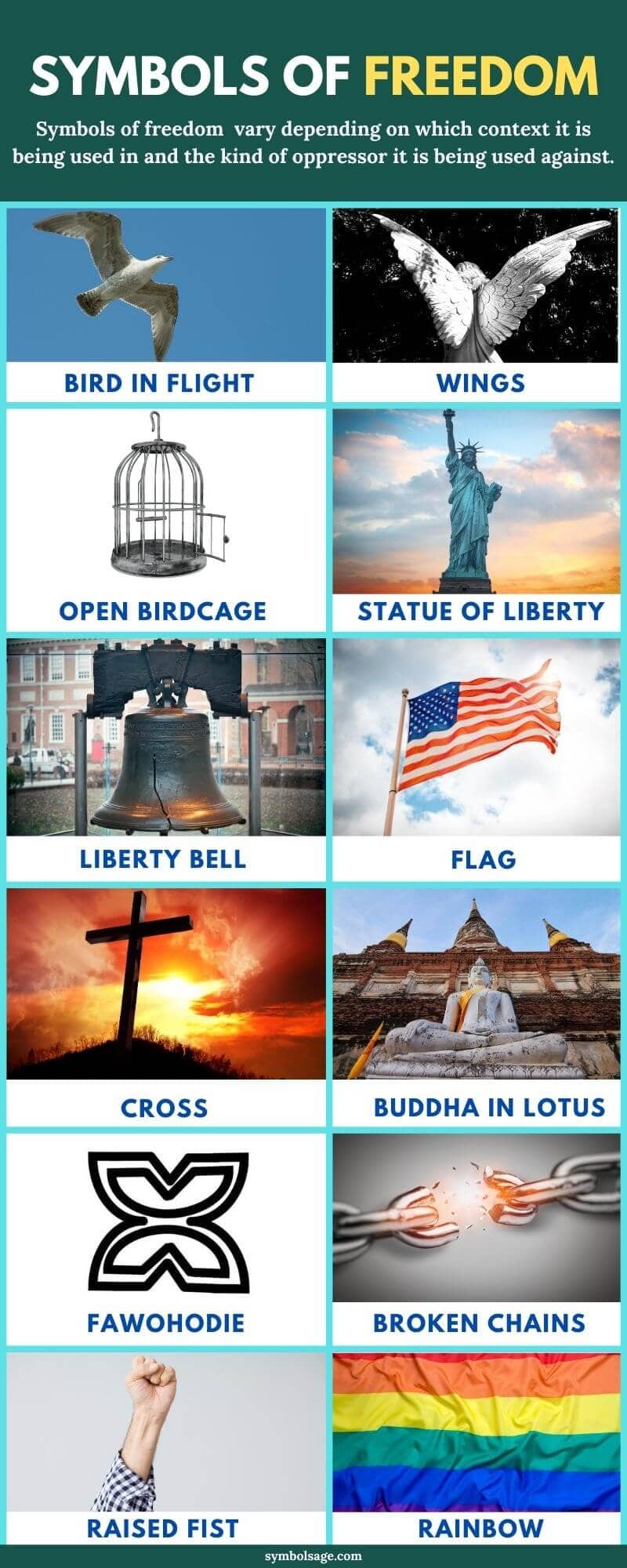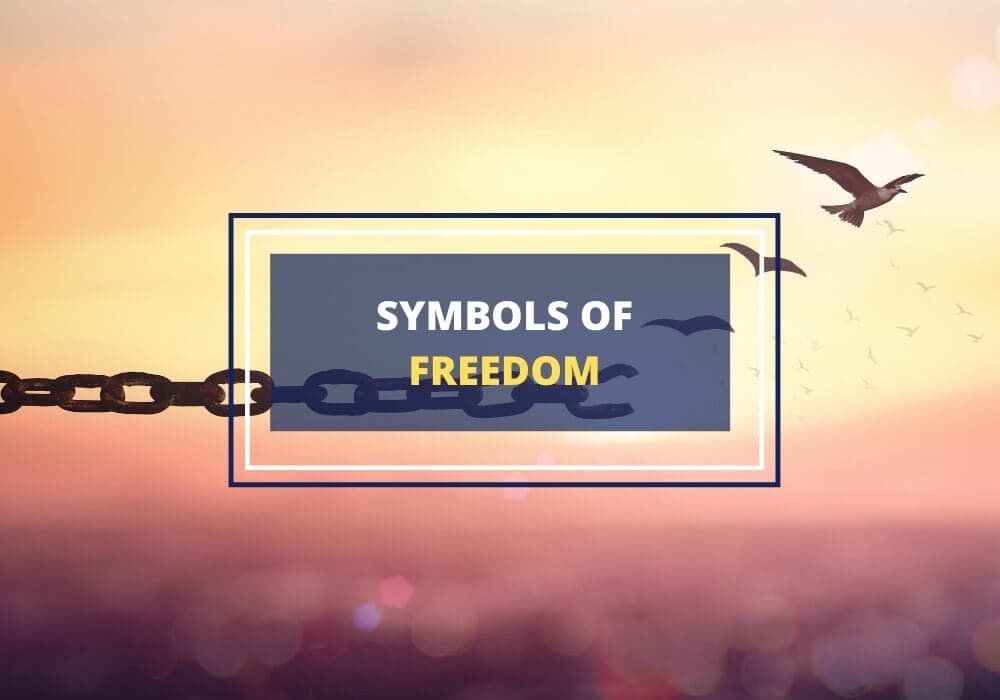
Table of Contents
Freedom is one thing that humanity has strived to achieve since the beginning of time. It has influenced our decisions, our actions, and our way of life. However, the concept of freedom differs from one person to another, from race to race, and even from one religion to the next.
And so, symbols of freedom vary depending on which context it is being used in and the kind of oppressor it is being used against. In this article, we’ve outlined the most popular symbols of freedom and how they came to be. Let’s get started.
1. Bald Eagle
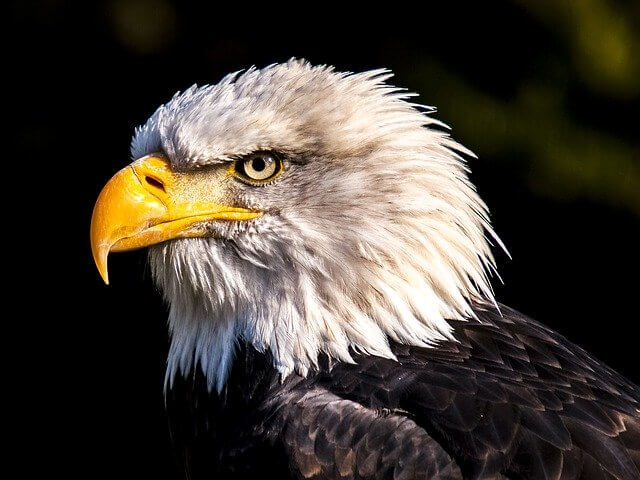
The Bald Eagle is a living, breathing example of the principles and values that the founding fathers envisioned for the United States: personal accountability, self-reliance, and freedom from oppression and tyranny.
So as the embodiment of freedom in the US (and, by proxy, anywhere else in the world), the Bald Eagle is considered a fierce hunter with no known natural predators.
A vigilant and self-reliant creature native to North America, the Bald Eagle observes everything from high up in the sky and only swoops down when there’s an opportunity.
It lives and dies on its own terms, free to hunt and explore, with no known natural predators.
2. Open Road

Depending on how you look at it, the Open Road can symbolize many things. But if we’re honest, a vast and empty stretch of road – open as far as the eye can see – is sure to evoke a somber yet serene sense of freedom and emancipation.
Therefore, an Open Road can signify liberation from rules, obligations, schedules, and direction.
The Open Road can show you are taking a shot at freedom and becoming your own master. It can also imply that you’re yearning for a personal journey rife with adventure, opportunity for growth, and improving your capacity for self-reliance.
We all yearn for the Open Road at least once in our lives, and although it isn’t ideal to abandon our responsibilities and head out, the intense feelings of freedom and detachment it brings are second to none.
As such, the Open Road is a universal symbol of freedom that resonates with our desire to be truly free.
3. Wild Horses
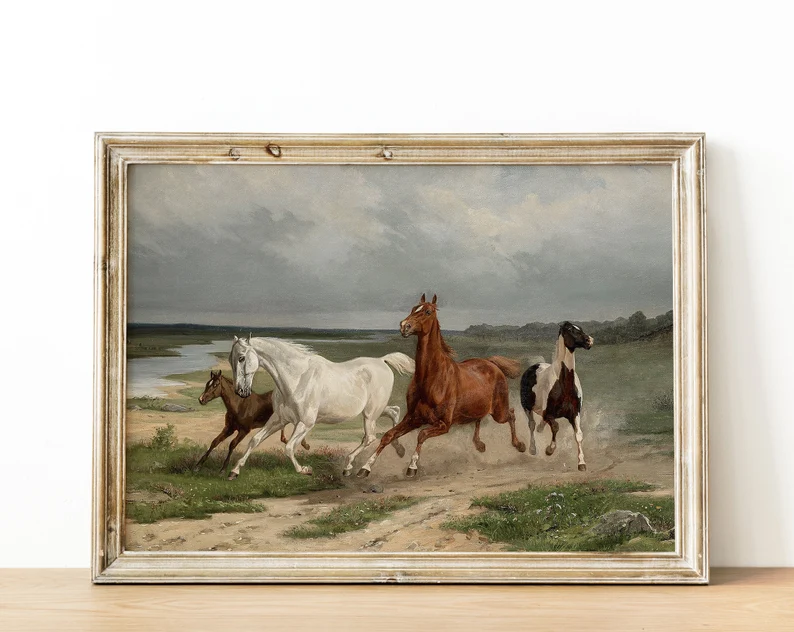
Often depicted in movies and advertisements, with the typical “riding off into the sunset” theme, horses are said to represent many things, such as power, wealth, intelligence, and endurance. Besides these, it’s plain to see that a wild horse, freely roaming the open plains, is a fitting embodiment of freedom and adventure.
The sight of wild horses frolicking about is always a treat, and ever since these graceful creatures were observed and domesticated, their free spirit could never be restrained.
Synonymous with the open road, the Wild Horse represents the freedom to travel wherever you want and do as you please, untethered by the rules of society and civilization.
4. Color Blue

As the color of the far-reaching sky and the open sea, the color Blue is referenced in contemporary and ancient culture as the only shade suitable for representing freedom, tranquility, faith, and balance.
Whenever we look up and gaze at the sky, we’re overwhelmed with a deep sense of connection and jubilant nostalgia. We tend to think about the vastness of space and how we’re free to roam this earth with the Blue Sky and Sea watching over us.
Blue is also used in the French Tricolor flag to represent liberty, and in the American flag, Blue stands for vigilance, perseverance, and justice – the traits required to ensure freedom.
5. The Pileus, Phrygian Cap and Bonnet Rouge

Throughout many periods of revolution and reform, special garments or headwear were utilized by people to represent freedom, equality, and justice.
Since the ancient Romans, headgear such as the Pileus, a cap shaped like a cone, was used to represent equality and emancipation from slavery. As a result, a newly freed slave was awarded the Pileus as a symbol of their newfound liberty.
In other parts of the world, such as the Balkans and other parts of Eastern Europe, the Phrygian cap was used to signify liberty and independence. It was later adopted by the American and French revolutionaries as a symbol of their struggle for freedom, often used to denote members of the resistance.
6. Libertas
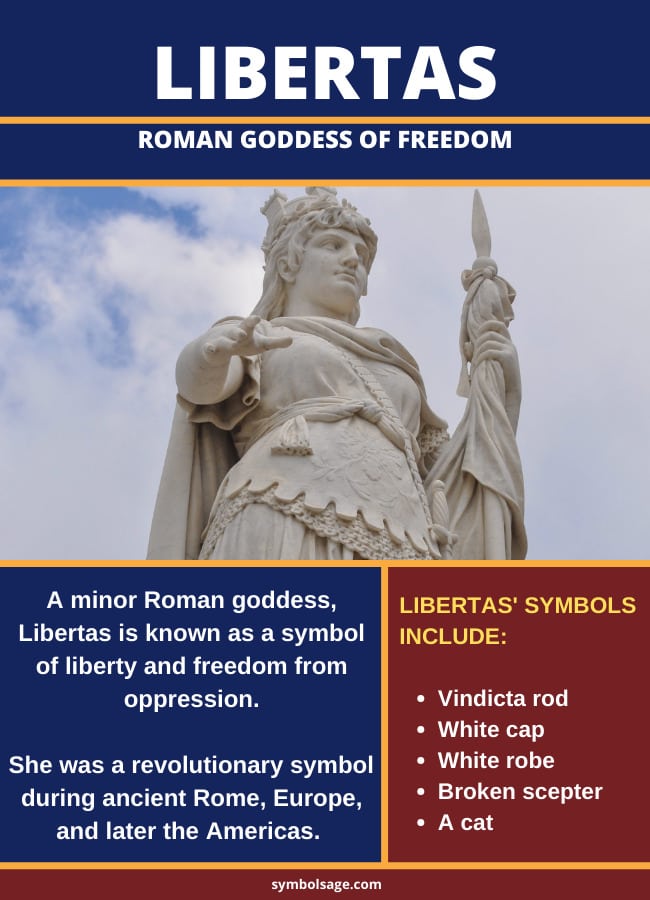
Derived from the Greek word for “Freedom,” Libertas is the Roman Goddess of freedom and liberty. She’s also construed as the inspiration for the statue of liberty and was extensively portrayed in Roman culture as the personification of citizenship, individual rights, and resistance against tyranny and oppression.
Although she doesn’t exactly hold a torch and tablet in her hands, Libertas is depicted with the same countenance as our Lady Liberty but often sporting a Pileus or Laurel Wreath and holding a wooden staff – said to represent the liberty pole used in manumission ceremonies.
7. Two Golden Fish
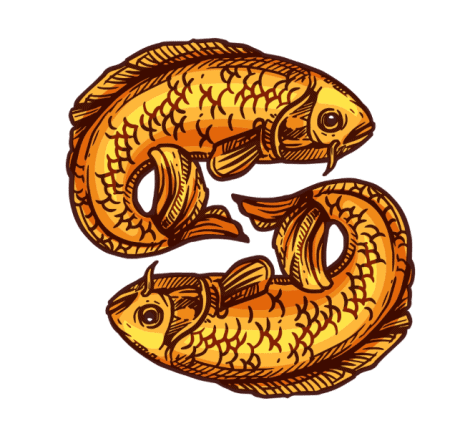
As a symbol of prosperity in Buddhism, Hinduism, and other Asian cultures, the Two Golden Fish have dozens of positive interpretations of safety, balance, happiness, fertility, harmony, and freedom.
Apart from the couple representing the union of marriage, symmetry, and loyalty, the symbol of the Two Golden Fish can also exemplify the inherent characteristics of the fish itself.
As such, the fish is considered a creature free to roam the waters, unbothered by the rules and complications of society.
They are fully self-reliant, burdening none other than the blue oceans, lakes, and rivers that they so willingly navigate.
8. Andean Condor
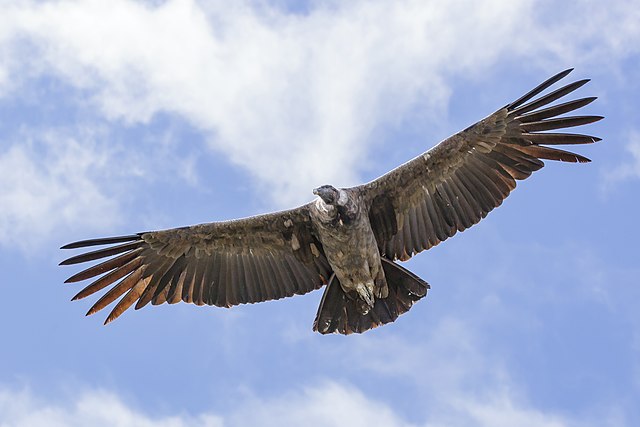
As the largest flying bird, with the largest recorded wingspan of 10.5ft, it’s no surprise that the Andean Condor stands for might, courage, and freedom.
So, just as the Eagle is the symbol of liberty in the North, the Andean Condor is the embodiment of freedom in the South, specifically in the Andean region in the Western part of the South American continent.
Native to this region and steeped in ancient folklore, the Andean Condor is portrayed as a messenger of God and imbued with great magical and healing properties.
Despite its huge size and weight, the Andean Condor is said to be able to soar through the sky for miles without ever beating its wings.
9. Mermaids
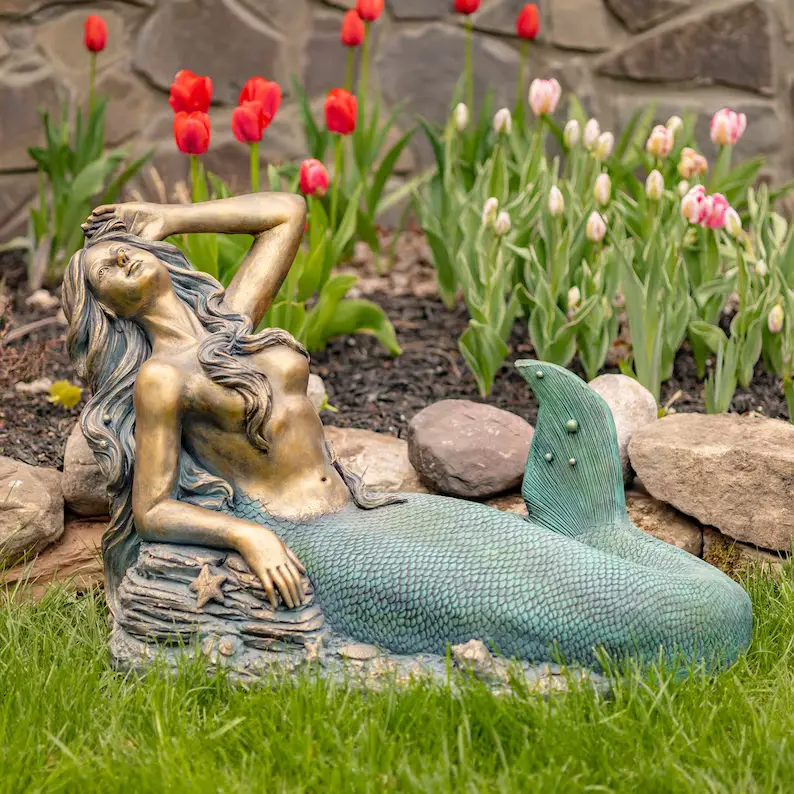
The charming mythical creatures that we all know and love have always been personifications of beauty, fantasy, sensuality, and even deception.
However, other than that, the free spirit of the mermaid, their individuality, and stubbornness can also be construed as a stand-in for freedom and emancipation.
Various cultures depict Mermaids as these fantastical creatures that evoke feelings of love and passion.
In ancient texts, they are considered spirits of fertility and often considered guardians and goddesses of the Sea.
As such, they represent the eternal freedom of the waves, a force that can never be tamed by man.
10. Doves
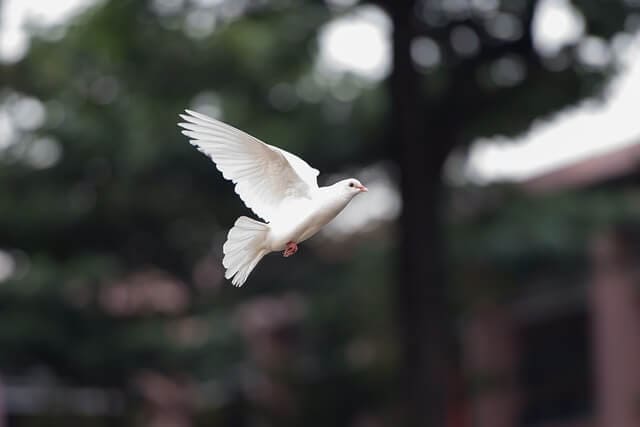
As the de facto symbol of peace, Doves are highly prevalent in ancient and contemporary culture. The classic symbol of the dove flying through the air clutching an olive branch is said to be derived from the story of Noah’s ark.
As such, these creatures symbolize the presence of God, innocence, purity, and freedom.
Doves have always been referenced in many other cultures, particularly in times of war, as a symbol of respite and the ultimate hope of freedom.
Doves and Pigeons were used to carry messages and were said to be harbingers for the end of the war, symbolizing peace, positive change, and freedom.
11. Cats

As a graceful creature well-adjusted to the environment yet decides to live on its own terms, the Cat is a fitting descriptor for freedom and independence.
Its stubborn spirit, although careless at times, prioritizes self-sufficiency and freedom over anything else, choosing to hunt even when given a bowl full of treats.
In Ancient Egypt, Cats were revered as Gods because of their obstinate and self-willed characteristics.
They do as they please, choosing to explore wherever they want, sleep as much as they like, and even decide when they want to be petted and who will take care of them.
12. Wolf
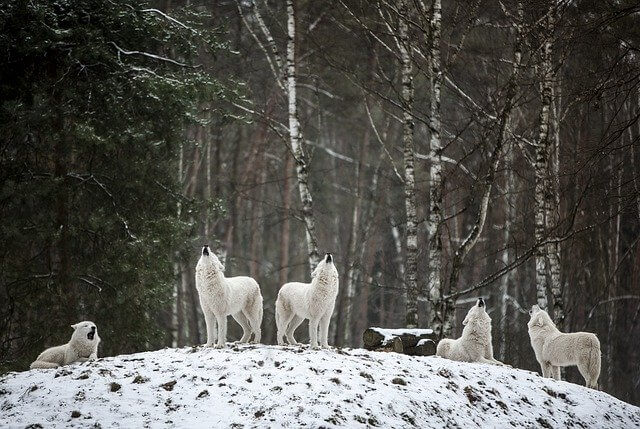
Another animal that cannot be tamed and made to do the will of man is the Wolf. Said to be a more resilient hunter, Wolves are incredibly loyal to their pack yet are able and willing to roam on their own.
As such, Wolves are often symbolized by loyalty, persistence, ferocity, and independence. Much like the Bald Eagle and Housecats, Wolves are adamant about being on their own and following their own rules unless, of course, they are part of a pack.
Dreams and visions of the Wolf are said to represent a moment in your life where you need to take charge of your own life and start living on your terms.
A Wolf symbolizes freedom and carving your destiny.
13. Bird in Flight

Birds can fly naturally, whereas humans can’t. As such, birds represent a natural ability to escape. A flying bird is a universal symbol for freedom because it represents the ability of birds to take to the skies whenever necessary, to escape and be free.
In the same way, a bird in a cage is a symbol of one’s freedom taken away from you. The very phrase bird in a cage represents the lack of true freedom.
However, not all birds can be used as symbols of freedom. Ravens, vultures, and owls are rarely used to depict freedom. Ravens and vultures are known to represent ill omens.
An owl, on the other hand, symbolizes wisdom but its cry is also associated with forthcoming misfortune.
14. Wings
Just like flying birds, a wing is a common symbol of freedom because it represents being able to leave and literally take flight when things go awry. It is also part of the bird’s body that allows them to fly. Therefore, if something happens to a bird’s wing, it surely loses its freedom.
The phrase to clip one’s wings means to lose or restrain one’s freedom and independence, originating from the ancient Roman practice of clipping a bird’s wings to keep them from flying away.
15. Open or Broken Birdcage
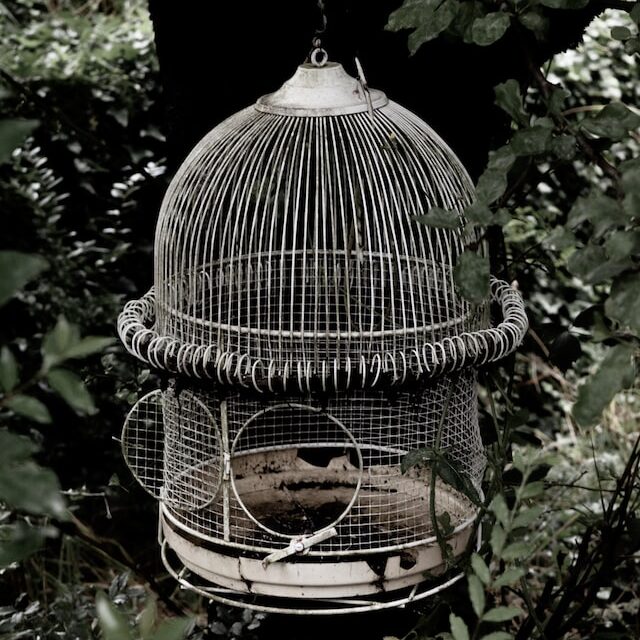
Another bird-related symbol of freedom, birdcages often depict the loss of freedom or something that restricts movement and life.
This is because they’re meant to imprison birds, which are amongst nature’s freest creatures. An open or broken birdcage symbolizes being able to claim one’s freedom and escape oppression.
16. Statue of Liberty
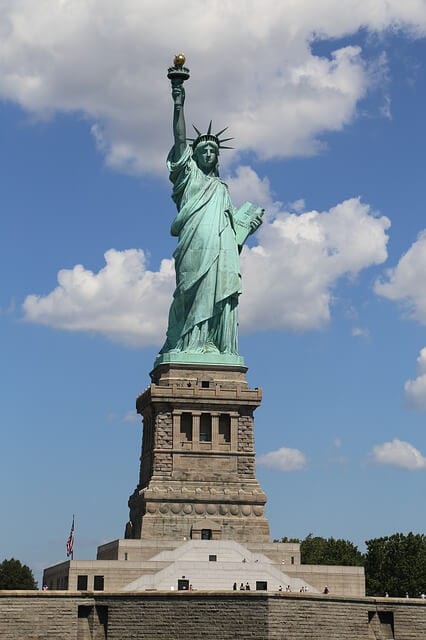
As its name suggests, the Statue of Liberty, standing in Upper New York Bay, represents freedom, not just for Americans but for anyone hoping to live a better life by coming to the States.
The Statue of Liberty was first conceived as a symbol of friendship between France and the United States, but its meaning has progressed to something more than just that.
The mounting of the 1883 poem written by Emma Lazarus on the Statue’s pedestal entitled ‘The Colossus’, served as a symbol of freedom to immigrants who chose to make America their home.
17. Liberty Bell
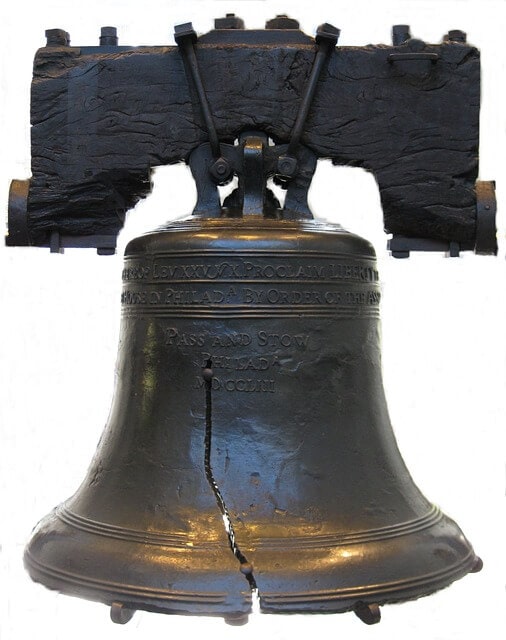
The Liberty Bell is the oldest known symbol of freedom in America after having been created for the Independence Hall in 1752, which was then the Pennsylvania State House.
The bell became a symbol of the American Revolution and the people’s fight for independence. Inscribed on the bell itself is a Bible verse from Leviticus 25:10: Proclaim LIBERTY throughout all the Land unto all the inhabitants thereof.
This pretty much proves why the Liberty Bell has become a symbol of freedom and independence for over three centuries.
18. Flags

Each country and state’s flag has a story, and more often than not, it has something to do with how a nation ultimately freed itself from bondage and colonization.
This is why, more often than not, a country’s flag is a symbol of freedom for its people.
19. The Cross
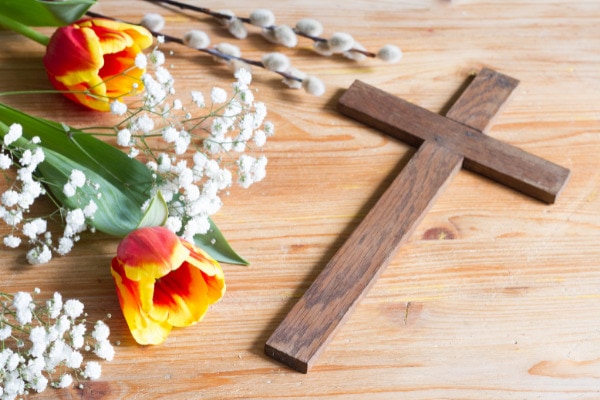
This religious symbol is one of the most famous and represents the way upwards to heaven, much like a ladder. The cross is the Roman Catholic symbol for their Savior, Jesus Christ.
Catholics believe that the cross is a symbol of freedom because it represented Jesus’ selfless act of putting his life on the cross to free his people from original sin. There are many types of crosses, each with its own meaning and history.
However, most have been Christianized and were used in early Christian evangelizing efforts. Some examples are the Celtic Cross and the Ankh.
20. Buddha in Lotus Position
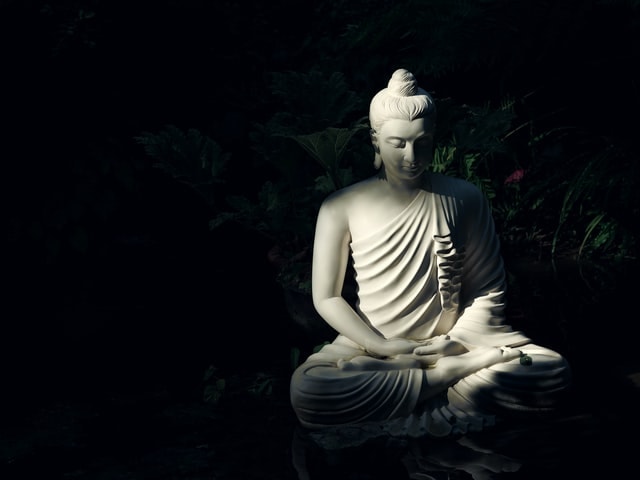
Buddha in the Lotus position signifies freedom of the mind from worldly troubles, otherwise known as Nirvana or Enlightenment. It’s one of the most important Buddhist symbols as it represents what Buddhists should strive for.
Buddhists believe that this is achieved after following the Eightfold Path and internalizing the Four Noble Truths of the world. In this case, the freedom that the Buddha in Lotus posture is representing is spiritual freedom and contentment.
21. Fawohodie
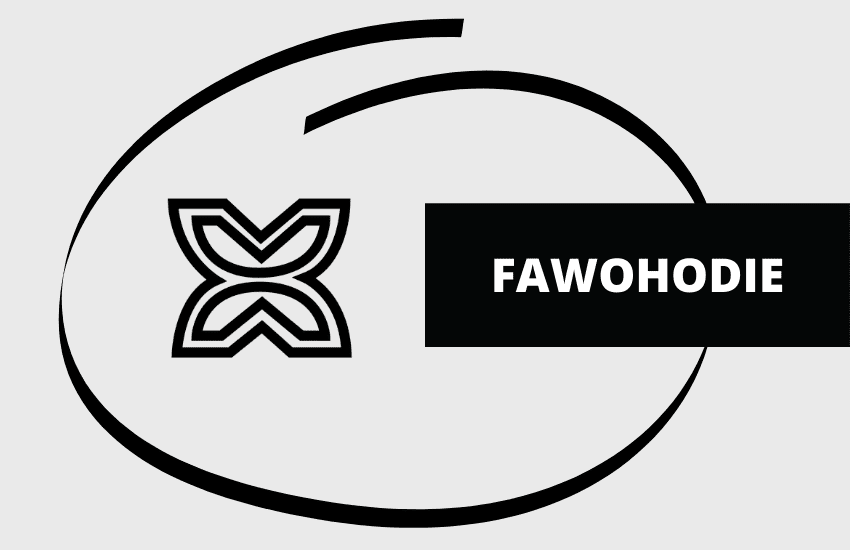
This symbol represents freedom, independence, and emancipation in African culture. Fawohodie is a derivative of the expression “Fawodhodieeneobrenaenam” which translates to independence comes with its responsibilities.
The symbol reminds people that freedom and independence should not be taken lightly because it comes at a price.
The Bono people of Gyaman in Ghana and the Ivory coast created this symbol along with several others that are known as the Adinkra symbols. These symbols are largely used in pottery, stools, clothing, and even architectural structures to convey traditional wisdom in various aspects of life and nature.
22. Broken Chains
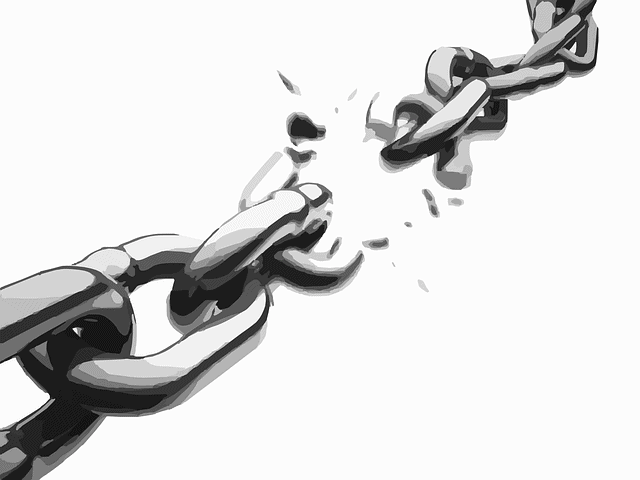
The purpose of chains is to curb a person’s freedom, restrain their movement and keep them under control. In other words, to hold them as a slave or a prisoner.
Broken chains symbolize freedom from unjust imprisonment and slavery. This is one of the most powerful and persistent symbols of freedom.
Back in the day, slaves had to wear chains on their arms, feet, and sometimes their necks which literally meant stripping away their freedom. It was also used during the French Revolution to signify the freedom of the peasants from the control of the monarchy or the Third Estate.
23. Raised Fist

A raised or clenched fist is one of the most popular symbols of defiance, unity, and solidarity. It’s a simple gesture but it represents the spirit to fight and overcome adversity and injustice.
From the 1960s to the 1970s, it was also used as a symbol of freedom and power by black nationalist groups across the globe to break free from racial discrimination.
24. Rainbow
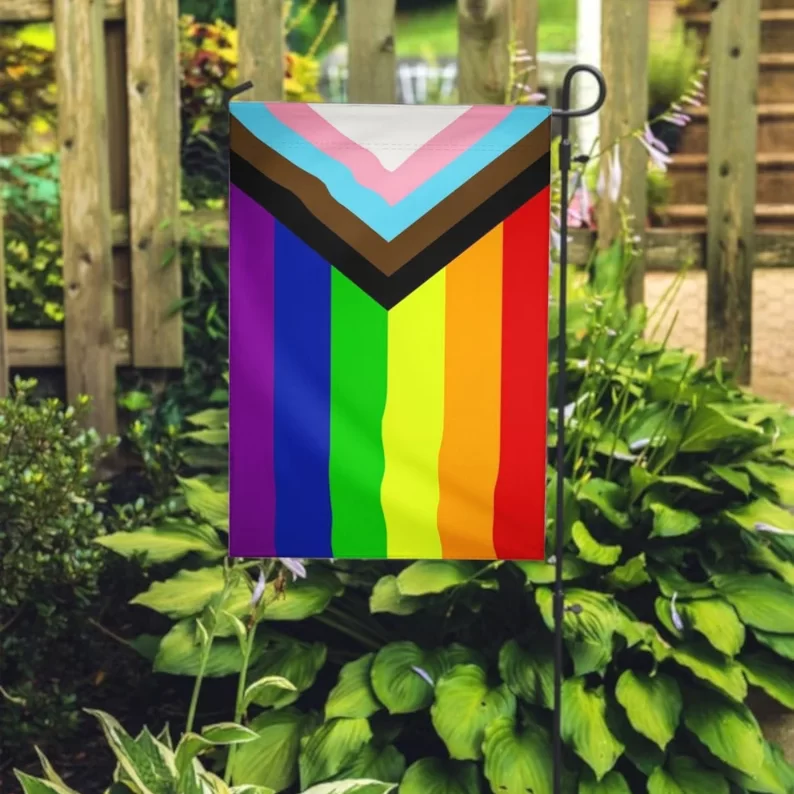
The rainbow and all of its variants seen on the Pride flag is a symbol of hope and liberation for members of the LGBTQ+ community. It was first used in 1978 for the San Francisco Gay Freedom Day Celebration.
Since then, it has been used to signify LGBT pride and freedom around the world. Today, the rainbow has transcended its original religious meanings to represent freedom for all sexes.
In Brief
Freedom is symbolized differently in various cultures and histories. There are countless tales of freedom and emancipation from all around the world, and surely humanity is not yet done with its quest for complete liberation.
It will be interesting to note what other symbols emerge to represent freedom in artwork and literary text in the future.
Similar Articles:
12 Powerful Symbols of Truth & Lies – A List
15 Powerful Symbols of Hope and What They Stand For
12 Popular Symbols of Unity – A List
15 Powerful Symbols of Empowerment and Their Meanings
Libertas – The Roman Goddess of Freedom
Eleutheria – The Greek Goddess of Freedom
